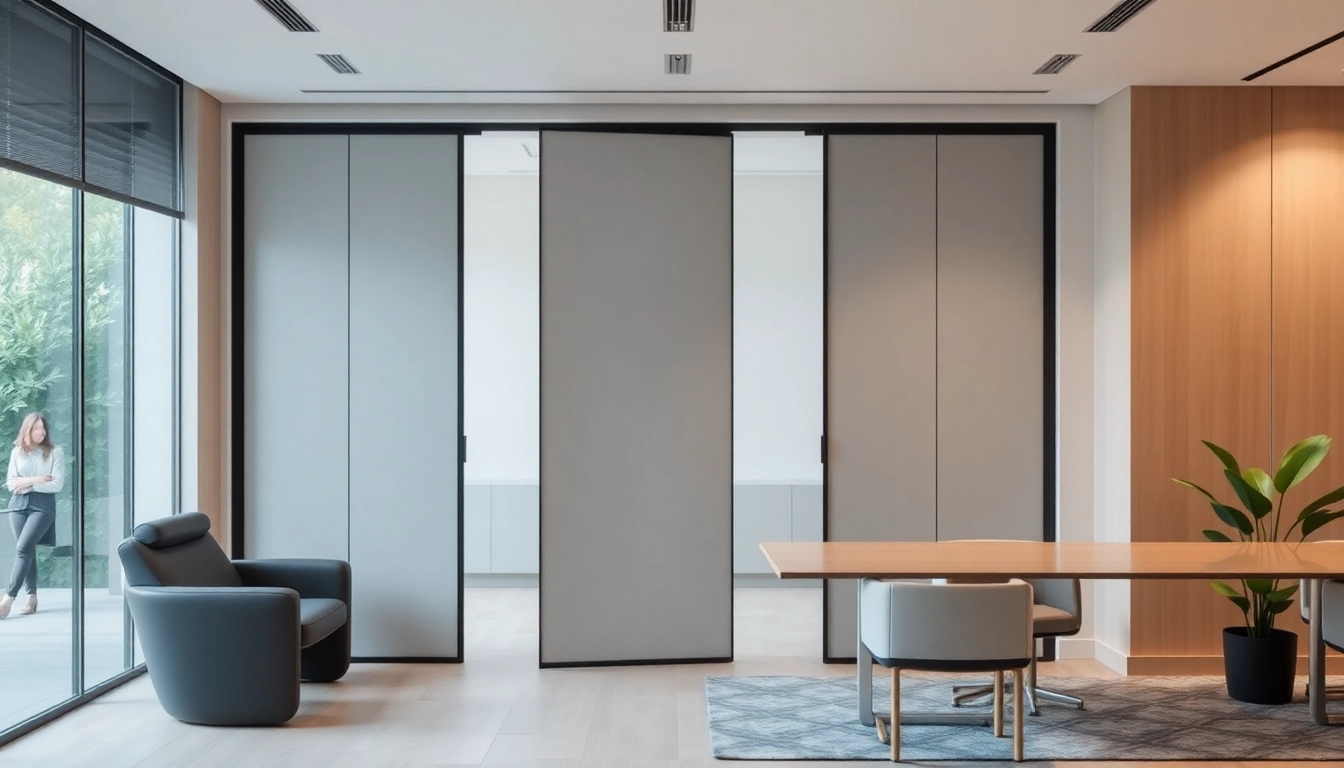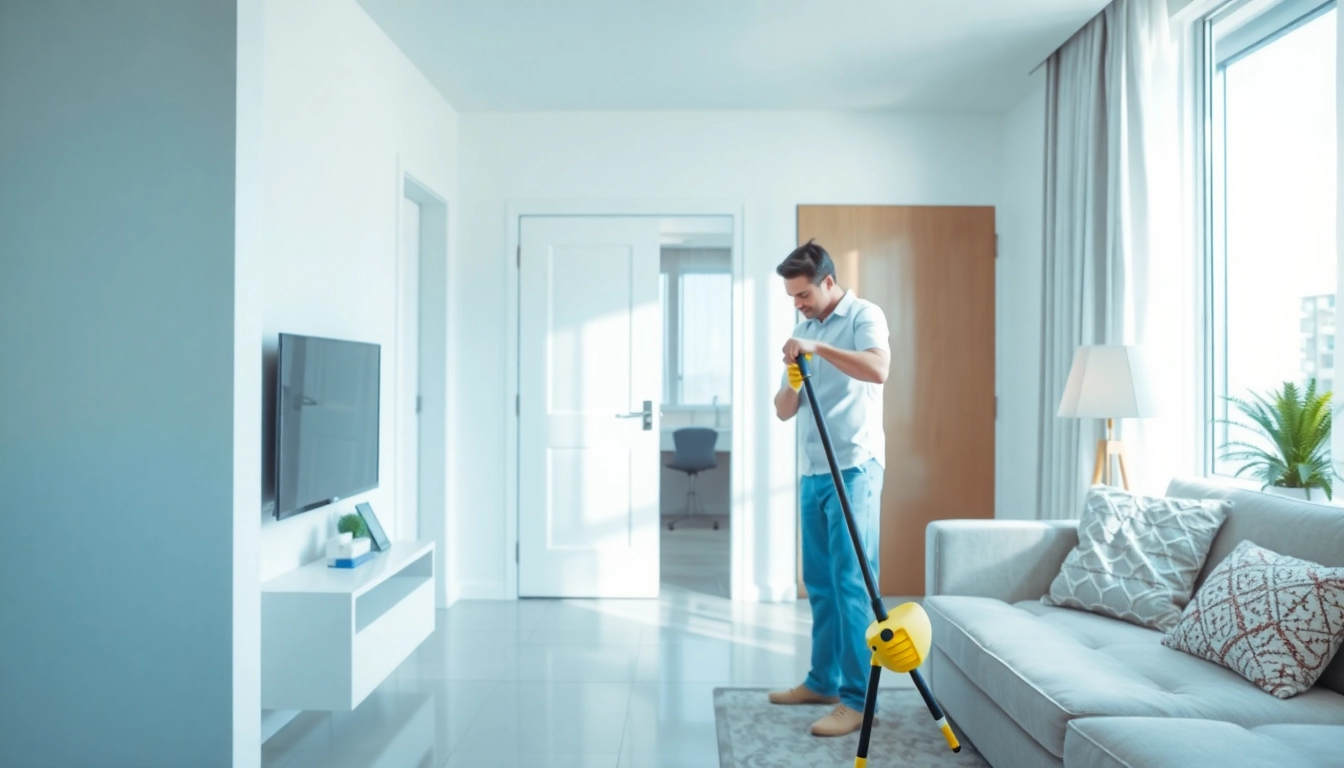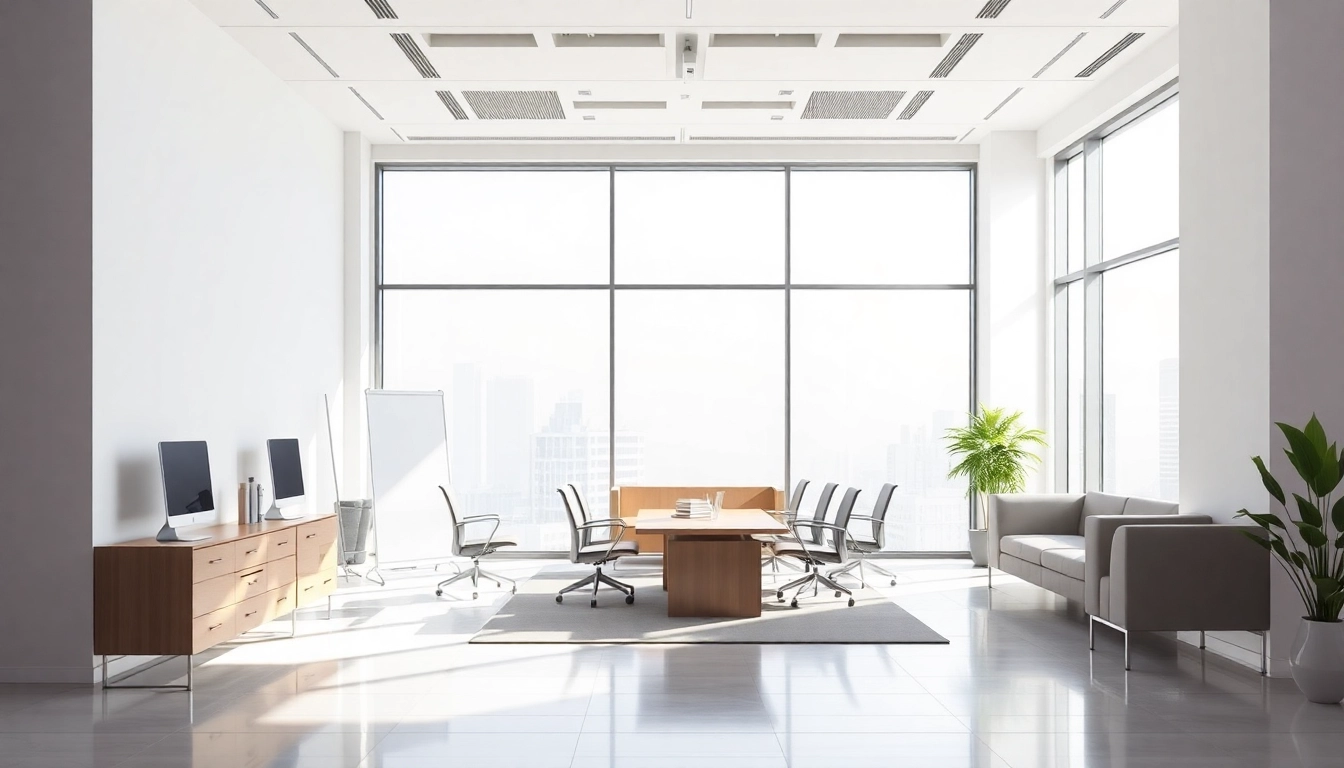Understanding Folding Partition Walls
What Are Folding Partition Walls?
A Folding Partition Wall is a versatile architectural solution designed to optimize space in commercial and residential environments. These partition walls are specifically engineered to divide large spaces into smaller areas while offering flexibility and ease of use. They are typically made of lightweight materials, allowing for ease of movement and installation. The folding mechanism enables sections of the wall to be neatly stacked or tucked away when not in use, allowing the space to be transformed according to changing needs.
Key Benefits of Using Folding Partition Walls
Folding partition walls provide numerous benefits that can enhance both functionality and aesthetics in various settings. Here are some of the primary advantages:
- Space Optimization: Folding partitions make efficient use of space, allowing areas to be reconfigured based on the intended use, whether for meetings, events, or everyday activities.
- Acoustic Control: Many folding partition walls are designed with sound-absorbing materials that help minimize noise between spaces, creating a more productive environment.
- Cost-Effective: Compared to constructing traditional walls, folding partitions are often less expensive to install and can significantly reduce renovation costs.
- Flexibility: These partitions are highly adaptable, making them suitable for various applications, from offices to classrooms, and more.
- Quick Setup: Unlike permanent walls, folding partitions can be installed quickly and easily, reducing disruption in the workspace.
Types of Folding Partition Walls Available
There are several types of folding partition walls available on the market, each catering to different needs and preferences:
- Acoustic Folding Partitions: These are specially designed to provide sound isolation, making them ideal for offices, conference rooms, and auditoriums.
- Glass Folding Partitions: Offering a modern aesthetic, glass partitions allow for natural light to flow between spaces while providing visual separation.
- Fabric-Covered Folding Partitions: These partitions can be customized in various colors and patterns, adding a decorative element to spaces such as schools or events venues.
- Movable Walls: These systems utilize tracks for smooth operation and can be adjusted to various configurations for optimal space management.
Choosing the Right Folding Partition Wall for Your Space
Factors to Consider in Selection
Selecting the right folding partition wall involves careful consideration of several factors to ensure it meets specific needs:
- Intended Use: Determine the primary purpose of the partition – whether it’s for sound insulation, privacy, or aesthetic appeal.
- Space Dimensions: Measure the area where the partition will be installed to understand the size and configuration options.
- Material Preferences: Choose between different materials, including wood, metal, and glass, based on durability and design preferences.
- Budget: Establish a budget that includes installation costs and consider long-term investment potential in terms of utility and aesthetic value.
Customizing Your Folding Partition Wall
Customization is an essential aspect of selecting folding partition walls. Options available for customization include:
- Colors and Patterns: Depending on the environment, partitions can be customized to match branding or decor themes.
- Size and Configuration: Folding partitions can be tailored in size to fit unique spaces, and configurations can be made to accommodate specific layouts.
- Materials and Finishes: Various finishes, such as laminate or fabric, allow for a personalized look while ensuring functionality.
Cost Considerations for Folding Partition Walls
The cost of folding partition walls can vary broadly based on several factors, including material, size, and customization options. Here are key elements to take into account:
- Material Costs: Wood, metal, and glass each have different price points; choosing among them can greatly impact the overall cost.
- Installation Fees: Professional installation is recommended for optimal functionality, which could add to the initial expenses.
- Maintenance: Consider long-term maintenance costs when choosing materials. Some finishes may require more upkeep than others.
Installation Process for Folding Partition Walls
Preparation Steps Before Installation
Before installing folding partition walls, it’s crucial to follow systematic steps for successful implementation:
- Site Assessment: Evaluate the space to determine the best location for the partition, including considerations for layout changes and existing structures.
- Material Selection: Finalize the choice of materials and designs to ensure they align with functional and aesthetic needs.
- Gather Tools and Equipment: Obtain all necessary tools before beginning, including brackets, screws, and any specialized tools required for installation.
Common Installation Techniques
Installation techniques can vary based on the type of partition wall being installed. Some common methods include:
- Suspended Installation: For certain types of movable walls, a suspended installation using tracks can enhance functionality and design.
- Panel-to-Panel Connection: Ensure that panels are properly aligned and connected using hinge systems for seamless operation.
- Secure Mounting: Make sure that the wall is securely mounted to the floor or ceiling to avoid movement during use.
Post-Installation Tips
Once installation is complete, consider taking the following actions to ensure optimal performance:
- Test Functionality: Open and close the partitions to ensure they operate smoothly and adjust if necessary.
- Routine Maintenance Check: Check for any potential loose fittings or adjustments that may be needed after initial use.
- Document Configuration: If the partitions are adjustable, document the standard configurations for future reference.
Maintaining Your Folding Partition Wall
Routine Maintenance Practices
Implementing a routine maintenance schedule is vital for prolonging the lifespan of folding partition walls. Regular maintenance practices include:
- Cleaning: Regularly clean the surface with appropriate cleaners to maintain aesthetics and prevent damage.
- Inspection: Periodically inspect the panels and tracks for wear, and address issues promptly to avoid costly repairs.
- Lubrication: Applying lubricant to moving parts will ensure smooth operation over time.
Addressing Common Issues
Addressing common issues with folding partition walls can save time and money. Some frequent problems and solutions include:
- Sticking Panels: If panels become difficult to move, check for obstructions or debris in the track and clean as necessary.
- Loose Hinges: Tighten any loose screws or hinges promptly to maintain stability and safety.
- Sound Leakage: If sound insulation is compromised, check for gaps and consider adding additional sound-absorbing materials or seals.
Long-Term Care for Durability
For long-term care, consider implementing the following practices:
- Professional Inspections: Schedule regular inspections with a professional to catch any issues early.
- Adaptation to Changes: Be prepared to adapt the configuration of your folding partition walls as your space needs change.
- Invest in Quality: Initially investing in high-quality materials can significantly enhance durability and reduce long-term maintenance efforts.
Case Studies: Successful Implementations of Folding Partition Walls
Office Spaces Using Folding Partitions
A leading tech firm utilized folding partition walls to transform a large, open office space into adaptable meeting areas. By installing acoustic folding partitions, they managed to create private conference rooms without the need for permanent walls, resulting in increased productivity and collaboration among teams. The flexibility of the partitions allowed for different configurations, enabling spaces to be conducive for both large group meetings and focused work sessions.
Folding Partition Walls in Hospitality
In the hospitality industry, a luxury hotel adopted folding partition walls to optimize its event spaces. Utilizing glass partitions allowed natural light to flow, enhancing the ambiance of the dining areas. The partitions could be fully retracted for large events or closed off for smaller, intimate gatherings, enabling the hotel to maximize occupancy and generate additional revenue without additional construction costs.
Education Sector Applications
In schools, folding partition walls have become an integral part of classroom design. A prominent educational institution implemented fabric-covered folding partitions to multi-function classrooms. The partitions easily divide or combine rooms for different activities, allowing for individualized learning experiences and collaborative projects. This flexibility has been instrumental in accommodating various teaching methods and student group sizes while enhancing the overall learning environment.



